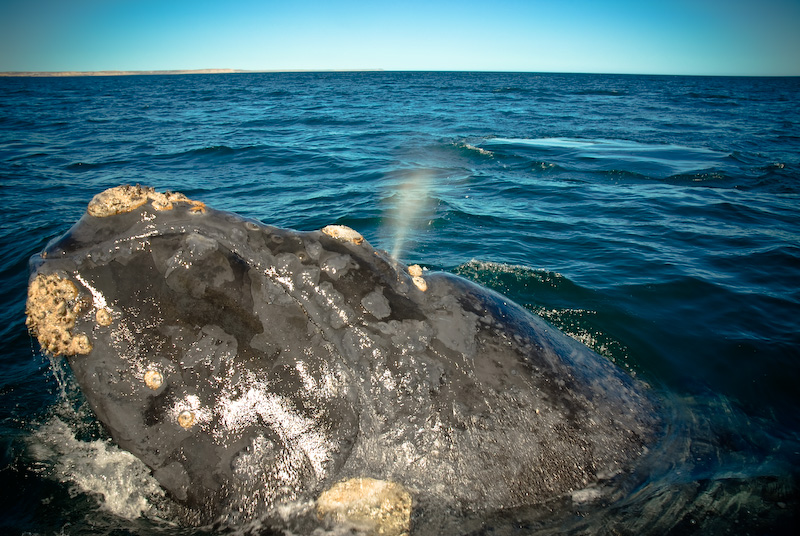Although they are the largest mammals on the planet, you can’t see whales from space. Not until now, that is. Scientists have discovered that they can keep track of whales by using images taken from space with the DigitalGlobe’s Worldview-2 platform. The system uses exceptionally high resolution satellite pictures and image-processing software that scientists can use to recognize whales on or near the surface of the ocean.
The system is automated and can identify something as small as 50 centimeters, making it easier for scientists to monitor whales. Naturally, things like waves and water can create confusion for the program. Despite this challenge, however, the tracking method has already proven to be quite accurate. The DigitalGlobe’s Worldview-2 platform was able to identify 89% of manually detected southern right whales from the Golfo Nuevo on Argentina’s coast. This type of whale was chosen to test the tracking technique because the creatures swim at a slow speed in relatively shallow waters.
Today, satellite pictures are becoming increasingly clear. This, combined with drastically improving image analysis techniques, is a scientific breakthrough. Researchers want to extend this tracking technique to more species in other locations, and hope that it could even hold the key to entire population counts in the near future. Additionally, this tracking method shows promise to help lower the risk researchers take when tracking whales and other marine life from small planes.
Photo by The World By Road
Via Mashable



